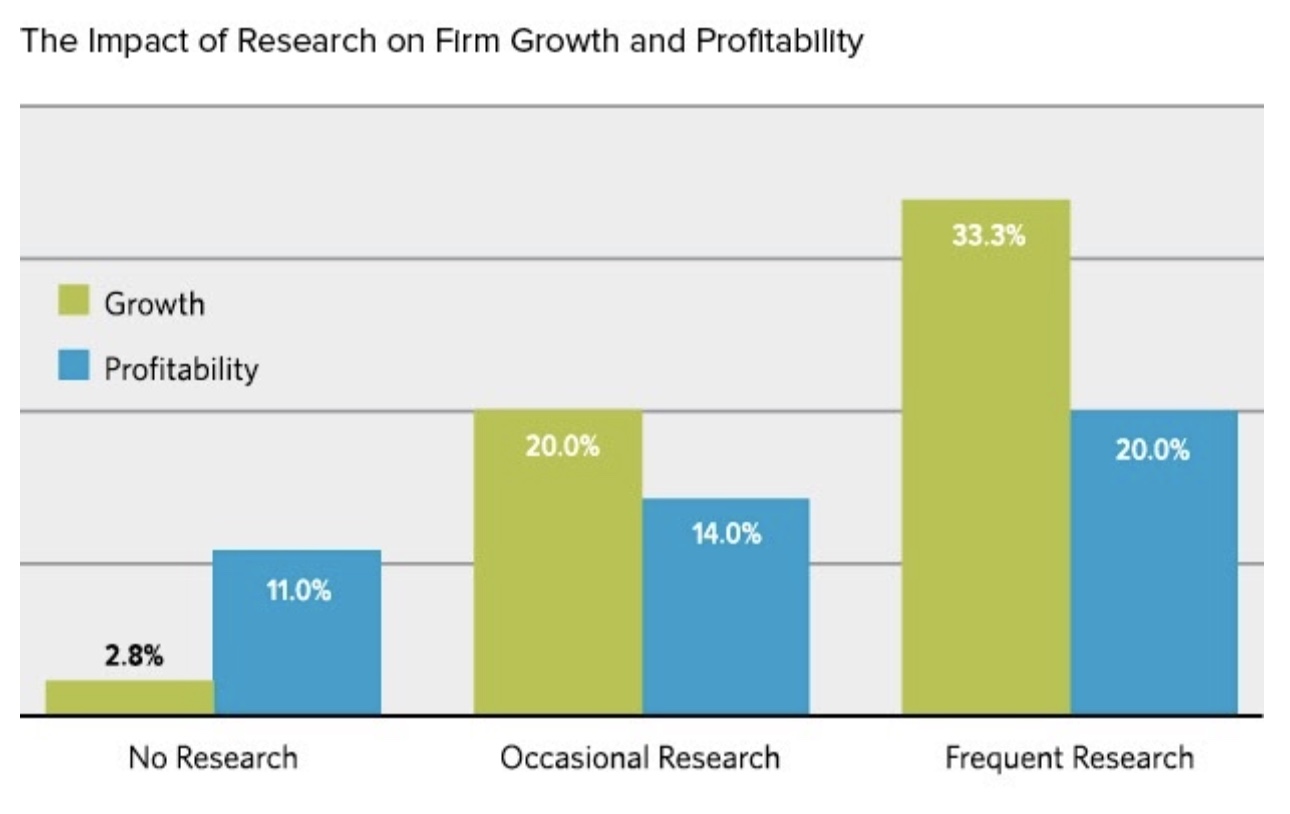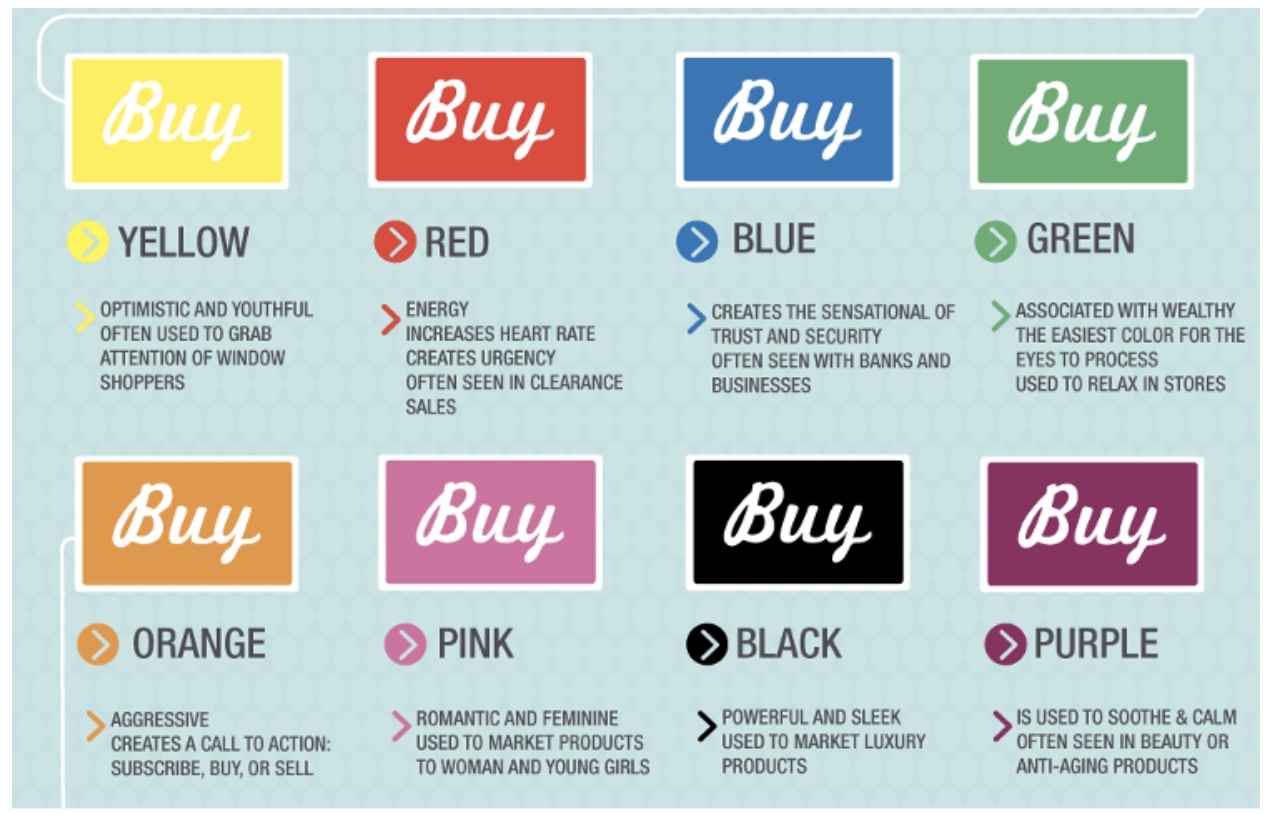Branding Strategy: Definition, Types & Examples
Many people falsely believe that developing a marketing strategy is as simple as designing a nice logo or coming up with a catchy tagline. Nothing could be further from the facts! In fact, your brand encompasses all that separates you from competitors. Anything from your visual identity to your marketing to your customer service should be considered. Not to mention how people view your business, as well as all of the thoughts and emotions they associate with it.
Since branding is so broad, creating a successful strategy necessitates both time and careful planning. In this article, I will share with you everything you need to know about branding strategies and what strategy you can follow to develop a successful brand for your business. Let’s jump right into the details.
What is a branding strategy?

What is strategy exactly? A strategy is a comprehensive plan that outlines what you want to achieve and how you’re going to accomplish it.
What is a brand exactly? As Amazon founder Jeff Bezos puts it, “Your brand is what people say about you when you are not in the room.” It is how other people perceive your company/product/service. It’s how they’d explain you or say your story to another person. It is how they perceive you and interact with you emotionally. A brand is an emotional association.
A brand is not marketing; it is not your product, not a logo, or a name. A “brand” is those elusive feelings that distinguishes powerhouses from mediocre businesses. Your name is your company’s overall reputation. Marketing is the vehicle by which messages for customers are distributed through various channels, as driven by the branding strategy. Your product or service is the physical thing that your customers purchase. Your website is an important component of your marketing campaign. Customers visually interact with you through your logo. Your name is just that, a name.
So, what exactly is a branding strategy? A brand strategy is a goal that a business establishes for itself as how they want people to perceive them. It also includes the plan or road map that will be used to accomplish the goal of emotionally engaging with target audiences. A well-defined and implemented brand strategy has an effect on all facets of a business and is directly related to the customer desires, emotions, and competitive environments.
What should you have a branding strategy?

In today’s business environment, competition is fierce. Consumers can conveniently compare all of their choices thanks to technological advancements. Brands must now compete not only with their rivals, but also with other noise from media, politics, etc. in order to get their customers’ attention.
Brand strategies are not created and implemented solely to provide a company with visually appealing marketing materials. Businesses and companies invest time and resources in creating branding strategies in order to have a plan in place to move towards achieving the business targets they set for themselves. These priorities could range from recruiting top talent to enhancing employee and consumer engagement, increasing revenue, recognition, and profitability, among other things. Successful brands that are the product of great strategizing, they have unique values, and help their customers achieve their goals.
Types of branding strategies

As today’s customers become more knowledgeable, companies must become more tactful in their branding campaigns to ensure that their goods and services are in high demand. There is no such thing as a one-size-fits-all solution when it comes to branding strategies. Your marketing team should brand your goods and services in a way that is consistent with your company’s values and appealing to your consumers. Here are 5 different types of branding strategies to consider for your company.
Company Name Branding
Well-known companies capitalize on the success of their own company names to increase brand recognition. Consumers commonly associate logos, slogans, packaging, or colors with the company as a whole. Companies such as Coca-Cola, Tylenol, and Porsche, for example, rely on company name branding to interact with their audiences.
Individual Branding
Large businesses with a wide range of well-known products can choose an individual branding strategy in which each product is given its own brand name. Apple, for example, is the parent corporation but uses an individual branding strategy to market its various brands such as Mac, iPhone, and iPad.
Attitude Branding
Often a company can advertise its goods and represent its business by depending on an overall feeling or attitude. This branding strategy brings the company to life by marketing a larger feeling in order to build an emotional bond between the brand and its customers. Nike, for example, uses attitude branding not just to market athletic shoes, but also to encourage a healthier lifestyle consistent with its famous slogan, “Just do it.”
Brand Extension Branding
Through the successful use of a brand extension strategy, an established strong brand can decide to expand its success into a new venture. To introduce a new line of shoes, fragrances, or accessories, several clothing companies use brand extension strategies. The product may vary, but the brand name remains consistent.
Private-Label Branding
To compete with stronger retailers, store brands can employ private-label branding strategies. Supermarket chains such as Kroger, for example, produce cost-effective brand choices for its unique food products.
Elements of a Branding Strategy

A branding strategy is not a standalone instruction, but instead it’s a collection of different elements that complement each other. So what are the elements of a branding strategy?
-
Brand Objectives. They are your vision, goal, and mission statement. What is the objective of your business, and what impact will it have on your audience, society, or even the world?
-
Target audience. Who exactly is your target audience? What are their preferences, dislikes, interests, and habits? Understanding them deeply is vital to your success, so don’t skimp on this.
-
Brand positioning. What portion of the market are you going to take? What would it take for you to be a big deal in the lives of your target audience, and what tactics would you use to get there?
-
Brand identity. What people experience when they interact with your brand – your visual identity, such as logos and photos, as well as your tone and voice, customer service, and credibility. Bonus points for meaningfully incorporating the brand mission into your storytelling.
-
Marketing strategy. In the long run, how can you express what you stand for in a way that your audience can resonate with? How can you develop and maintain customer relationships? This can range from social media to paid advertisements to email marketing.
Best branding strategy examples to follow

Consider your overall business plan
Growing your company would be much easier if you have a strong and distinct brand. But what kind of business are you looking to develop? Do you want to grow organically or via paid ads? Your overall business plan serves as the framework for your brand growth strategy, so start there. If you know where you want to take your business, your brand will help you get there.
Identify your target customers
Who are your ideal customers? If you say “everyone,” you’re making a huge mistake. Research has clearly demonstrated that high-growth, high-profit companies are based on having a well-defined target customer base. The more focused the effort, the faster the growth. Your marketing efforts will be diluted as your target audience becomes more diverse. So, how do you know if you’ve selected the right target market? This is where the next strategy comes into play.
Research your target client group
Companies that conduct comprehensive research on their target customer group expand faster and more profitably. Those who conduct research more regularly (at least once a quarter) grow even faster.
Research enables you to consider your target customer’s viewpoint and goals, predict their needs, and deliver your message in language that they understand. It also shows you how they interpret the company’s strengths and current brand. As a result, it greatly decreases the branding risk associated with brand growth.

Develop your brand positioning
At this step, you should be ready to assess the company’s brand positioning in your industry (also called market positioning). What separates your company from others, and why do potential customers in your target audience want to do business with you?
A positioning statement is three to five sentences long and captures the essence of the brand’s positioning. It must be grounded in facts, since you will be expected to deliver on your promises. It should also be aspirational so that you have something to aim for.
Craft an exceptional customer experience
Customer satisfaction is the great equalizer in business. Your rival can sell the same product or services at a lower price, but it won’t matter if they treat their customers badly or neglect to fix problems for their customers. People are willing to pay a little extra money or time in return for a more enjoyable experience.
Furthermore, happy customers can act as marketers for your company, spreading the word about their positive experience, writing customer reviews, and recommending you to others in their situation. So think beyond how you can have a good, or even slightly better, experience than your competition, and provide your customers with world-class experience.
Develop your visual identity
When it comes to visual branding, developing the right identity that can resonate with your customers is very important. Choosing brand colors, for example, is more than just a matter of taste. Color psychology should be seen as a guideline. After all, studies have shown that color influences between 62 and 90 percent of consumer decisions. Why is this so? Colors evoke various emotions and reactions, which you can use to affect how people perceive and communicate with your brand.

Consider the “vibes” associated with those colors:
- Blue, among other things, can express dependability and confidence, making it the most common and meaningful color by far.
- Another common color is purple, which is associated with royalty, imagination, and optimism.
- Red evokes passion, enthusiasm, and boldness, as well as many opposites, like risk (so be cautious with this one!).
- Green is often associated with concepts such as development, wellness, and protection.
- Yellow is associated with light, comfort, and optimism.
- Both black and white can express class, trust, and simplicity.
This is just an example of the many positive and negative connotations associated with different colors and shades. There are many nuances to consider, so from your logo to your website design and beyond, choose your brand colors wisely. Only then can your visual branding complement your overall brand strategy and get you more sales.
Think of your business as a person
Every individual has a distinct personality. Every company does as well. However, not every personality is unforgettable in either case. To avoid building a forgettable brand, consider visualizing your company as an individual (real or imagined). Consider this: If my company were a human, what kind of person would it be? What characteristics and traits will make it attractive, powerful, or memorable? What will others say about their speech, tone, and style?
Develop your messaging strategy
The next move is to develop a messaging plan that will convert your brand positioning into messages for your different target audiences. Potential customers, potential staff, referral sources or other influencers, and potential partnership opportunities are some of the most popular target audiences.
Although the core brand positioning must be consistent for all markets, various facets of it can pique the interest of each. The most important points will be emphasized in the messages to each audience. Each audience will have different questions that must be answered, and each will include a different form of proof to back up your messages.
Develop your name, logo and tagline
Most businesses won’t need a name change, but if you are a new business, or go through a merger, or have a name that no longer suits your positioning, a name change might be needed. Even if you don’t want to change the name of your company, a new logo and tagline can help you better support your brand positioning.
Remember that your name, logo, and tagline do not constitute your brand. They’re a part of your brand identity, and they are ways to connect or represent your brand. You must live it in order for it to be genuine. And don’t make the mistake of presenting the new logo in your company to gain consensus. The logo, name and tagline are not for yourself. They are for your target audience and should be evaluated based on how well they interact rather than how much your audience likes them.
Read more:
- Top 12 FREE Logo Maker Software
- 10+ Best FREE Taglines Generators
- Best FREE Company Name Generator

Develop your content marketing strategy
This move should have been titled “create your marketing strategy.” But it’s called a content marketing strategy for a reason. Why is this so? In the Internet age, content marketing is particularly well suited to eCommerce businesses. It performs all of the functions of conventional marketing, but more effectively. It attracts, nurtures, and qualifies prospects by providing useful educational material.
Keep in mind that the brand’s strength is determined by both its prestige and its exposure. Increasing exposure without also improving your credibility is rarely a good strategy. As a consequence, conventional “awareness-building” advertising or sponsorships often produce disappointing results. On the other hand, content marketing boosts both visibility and reputation simultaneously. It is also a great way to make your brand relevant to your target customers.
Develop a beautiful website
Your website is the single most important platform for developing your brand. It is the destination for all of your audiences to learn what you do, how you do it, and who your customers are. Prospective customers are unlikely to choose your company solely on the basis of your website. However, if your website sends the wrong message, they will definitely reject you.
Furthermore, your website will serve as a repository for your valuable content. That content will be the focus of your search engine optimization (SEO) activities, allowing customers, potential employees, and referral sources to find you and learn more about your business. Any modern brand marketing plan must include online content.
Build your branding assets
The strategy is to complete the rest of your branding assets. This can include a one-page sales sheet that identifies core service offerings or main markets. There may also be a short pitch deck design that outlines the firm or main services, as well as any information about the product and service.
These branding assets can include videos about common subjects such as company overviews, case studies, and “meet the partner” videos. Key service offerings are also extremely beneficial. These assets, when properly prepared, serve not only a business development purpose but are also essential for brand development.
Implement, track, and adjust
This is the final stage in the brand development process. Obviously, a branding strategy is useless if it is never executed. You might be shocked by how often this occurs. A sound plan is built and launched with all of the company’s good intentions. Then reality developed. People become preoccupied with customer work, and brand creation activities are postponed, and then forgotten.
That is why tracking is important. I strongly advise you to keep track of both the plan’s execution and its outcomes. Was the strategy carried out as planned? What happened to objective metrics such as search traffic and page visitors? How many new leads, job applications, and collaboration opportunities were generated? Only by monitoring the whole process can you ensure that you are reaching the correct conclusions and making the necessary changes.
Final words
That’s it! I hope this article has provided you with valuable information about branding strategies and what you can do to develop your business. Please feel free to leave comments below for further discussion on this topic!
New Posts

How To Set Up Google Analytics 4 For Your BigCommerce Store






